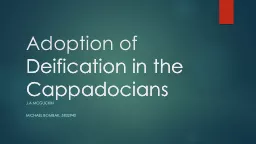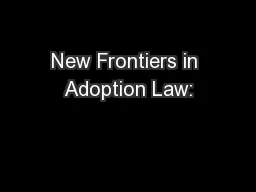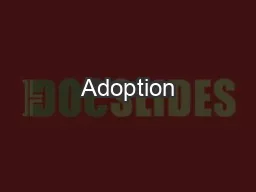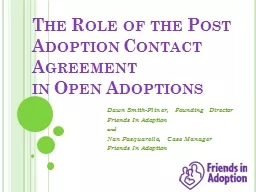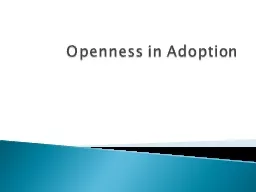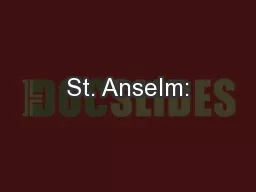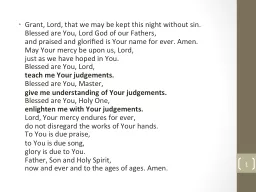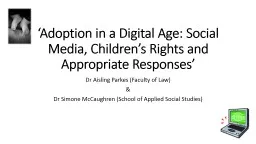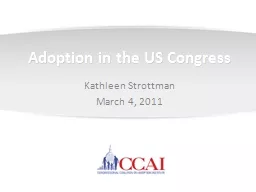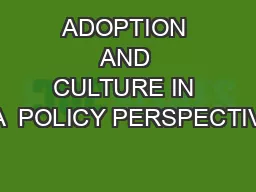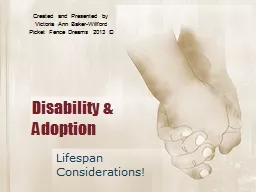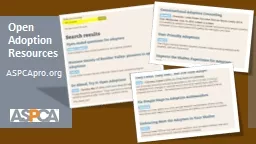PPT-The Strategic Adoption of Deification in the Cappadocians
Author : mitsue-stanley | Published Date : 2016-03-17
JA MCgUCKIN Michael bombak 5832940 A WORKING DEFINITION OF THEOSIS In the Greek Christian understanding the concept of deification is the process of the sanctification
Presentation Embed Code
Download Presentation
Download Presentation The PPT/PDF document "The Strategic Adoption of Deification in..." is the property of its rightful owner. Permission is granted to download and print the materials on this website for personal, non-commercial use only, and to display it on your personal computer provided you do not modify the materials and that you retain all copyright notices contained in the materials. By downloading content from our website, you accept the terms of this agreement.
The Strategic Adoption of Deification in the Cappadocians: Transcript
Download Rules Of Document
"The Strategic Adoption of Deification in the Cappadocians"The content belongs to its owner. You may download and print it for personal use, without modification, and keep all copyright notices. By downloading, you agree to these terms.
Related Documents

